The Zen of Investing
Meditate on your portfolio to see the big picture and the small details.
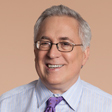
One of the most valuable investing precepts is “Know what you own.” For most people, this means doing basic, fundamental research on one’s holdings. For some, it means reaching for a cold Bud and thinking, “That’s my fifth one today. Maybe I should buy Anheuser-Busch InBev.” In my case, it means sitting in my easy chair and closing my eyes. I believe in meditation—I practice it daily—and every Saturday morning I print out my portfolio of 45 or so stocks and my sector weightings, look at them carefully, and then sit in a chair and meditate upon the data.
I promise you, there is nothing occult about the exercise. I am not looking for divine guidance, although if it were offered, I believe I would accept it. In fact, what is most noteworthy about the process is that it produces some wonderfully mundane benefits.
Watch the big picture. As a hedge-fund manager, I study arcane details about my holdings all the time. But, overwhelmed by the hurly-burly of trading and research, I sometimes lose track of the big picture.

Sign up for Kiplinger’s Free E-Newsletters
Profit and prosper with the best of expert advice on investing, taxes, retirement, personal finance and more - straight to your e-mail.
Profit and prosper with the best of expert advice - straight to your e-mail.
Example: After I added to my position in Apple (symbol AAPL) this spring, the stock surged 9% in a week’s time. I was thrilled—until Saturday morning. That’s when I forgot about my outsize gains and focused solely on the fact that Apple now accounted for 8.5% of my portfolio. That was way too much, especially given CEO Steve Jobs’s health problems. I soon cut my holdings in half.
Apple’s surge coincided with a liftoff in other technology stocks. I knew tech was my largest sector weighting, but I didn’t realize until my meditation that it represented 27% of my portfolio. Did I have that much faith in a resilient global economy? Actually, no. So I cut back on tech. And I bought some shares of Anheuser-Busch InBev—though not because I had just quaffed five cold ones.
Right before the BP oil spill, I started selling energy stocks. When the spill occurred, I dumped my longtime position in Noble Corp. (NE), an offshore driller. A smart move. Or was it?
I didn’t realize until the following Saturday that the sale had left me without a single energy stock. Given that I thought the ultimate impact of the spill would be higher rather than lower prices, this posture made no long-term sense. Although each sale of an energy holding seemed reasonable, collectively they put my portfolio at risk. After all, energy accounts for about 10% of the market’s value.
If the sector rose 10% and I owned none of it, I would quickly lose one percentage point in relative performance versus the market. The following Monday, I purchased an exchange-traded fund that is a direct bet on higher oil prices.
I meditate on the individual-stock level, too. For example, I added to my position in Motorcar Parts of America (MPAA) after it announced that quarterly earnings would be great, only to see the share price drop. Then Motorcar actually announced the earnings, and the stock soared. Go figure. So now, this company, which carries a market value of only $75 million, accounts for 2.3% of my portfolio. Is that too much? Probably.
You may not have to study your portfolio weekly, but I think we all have blind spots when it comes to money management. We tend to ignore the dogs that have hurt our performance for years. Acknowledging them is just too painful. Well, meditating on your portfolio forces you to look at those dogs—and their fleas. Likewise, we can be so giddy about a big winner that we fail to notice that it has either begun to lag badly or that it has grown to encompass 25% of our portfolio. Both despair and euphoria can blind us.
So we need to do a mental, if not literal, rebalancing of our investments much more often than once a year. To paraphrase Socrates, an unexamined portfolio is not worth having. A calm but rigorous look at what you own can work wonders.
Columnist Andrew Feinberg writes about the choices and challenges facing individual investors.
Get Kiplinger Today newsletter — free
Profit and prosper with the best of Kiplinger's advice on investing, taxes, retirement, personal finance and much more. Delivered daily. Enter your email in the box and click Sign Me Up.

-
 Planning for Health Care Costs in Retirement: A Comprehensive Guide
Planning for Health Care Costs in Retirement: A Comprehensive GuideMedical expenses aren't slowing down, and if you're not prepared, they can hit you like a ton of bricks.
By Bob Chitrathorn
-
 When Should You Hand Over the Keys — to Your Investments?
When Should You Hand Over the Keys — to Your Investments?The secret to retirement planning? "The best time to hand over the keys is before you’ve realized you need to hand over the keys."
By Maurie Backman
-
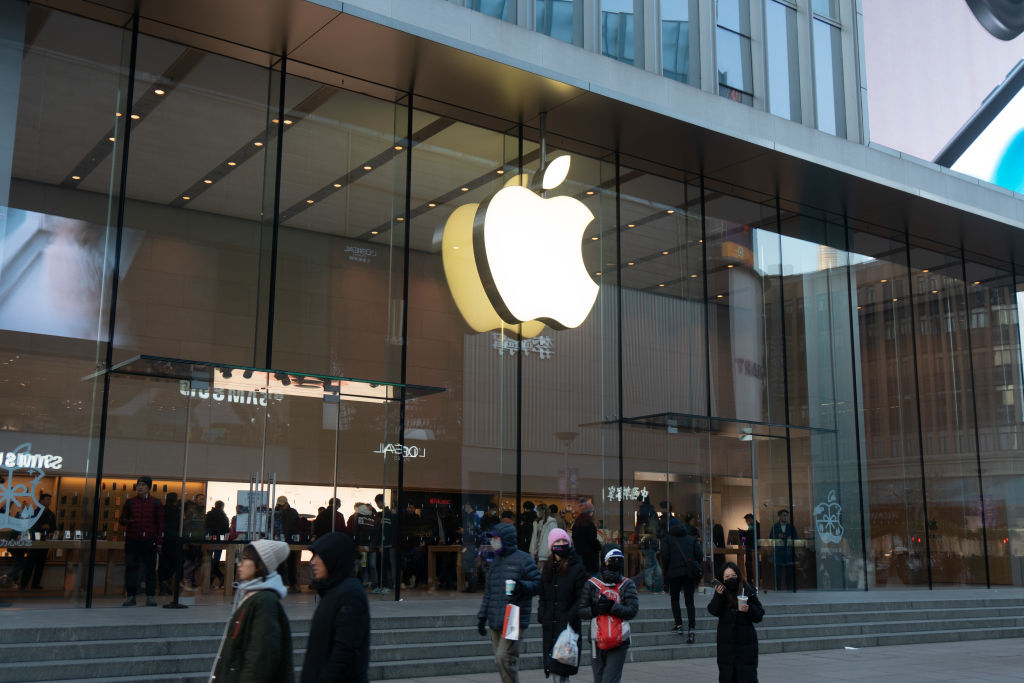 Wall Street Is Worried About Apple Stock. Should You Be Too?
Wall Street Is Worried About Apple Stock. Should You Be Too?Analysts expect Trump's sweeping tariffs to have an outsized impact on Apple stock. How concerned should investors be?
By Karee Venema
-
 The Stock Market Is Selling Off. Here's What Investors Should Do
The Stock Market Is Selling Off. Here's What Investors Should DoInvestors started fleeing the equities market en masse in response to the Trump administration's "jaw-dropping" tariffs. But the experts say don't panic.
By Karee Venema
-
 Should You Sell Tesla Stock as Elon Unrest Grows?
Should You Sell Tesla Stock as Elon Unrest Grows?Tesla's CEO is wearing many hats and is managing them "with great difficulty."
By David Dittman
-
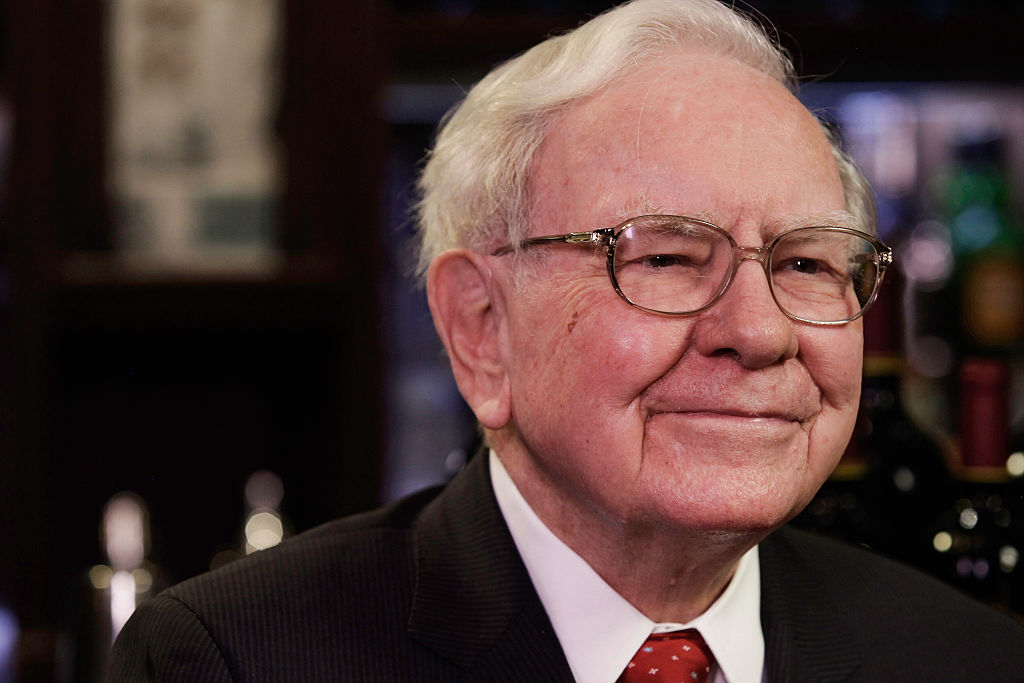 5 of Warren Buffett's Best Investments
5 of Warren Buffett's Best InvestmentsWarren Buffett has had plenty of wins throughout his decades of investing. Here, we highlight five of Buffett's best investments.
By Kyle Woodley
-
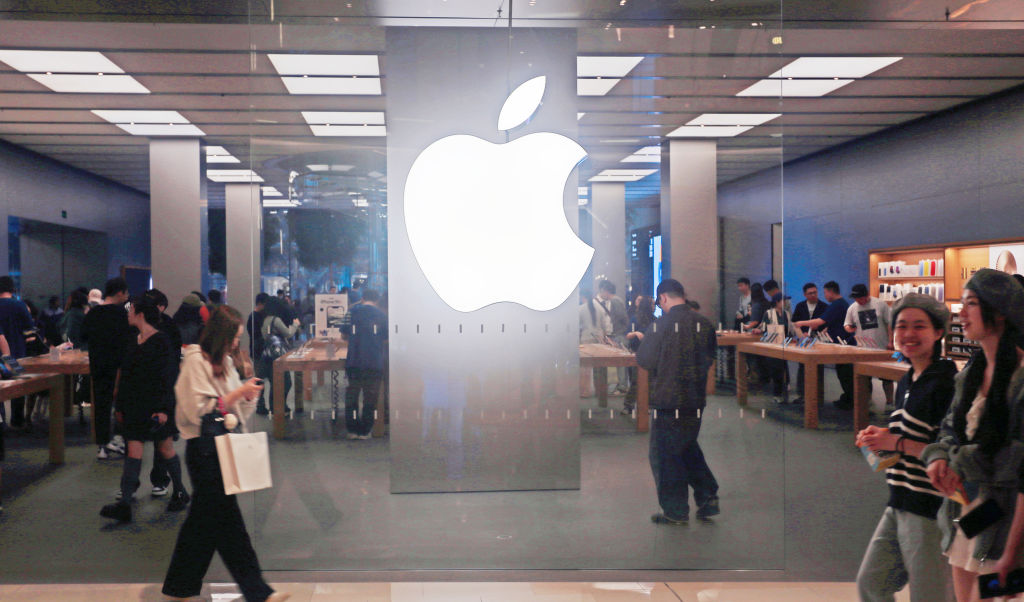 Apple's 100,000% Return Is a Result of Innovation, Brand Loyalty and Buybacks
Apple's 100,000% Return Is a Result of Innovation, Brand Loyalty and BuybacksApple spends billions buying back its own shares, but this is just one catalyst behind the incredible growth in its share price.
By Louis Navellier
-
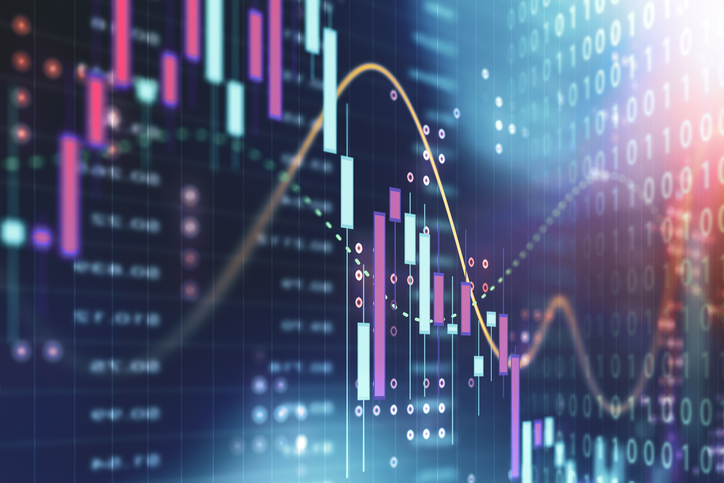 Stock Market Today: Stocks Struggle After Trump's EU Tariff Threats
Stock Market Today: Stocks Struggle After Trump's EU Tariff ThreatsStocks pared early gains after Trump threatened the European Union with 25% tariffs.
By Karee Venema
-
 Stock Market Today: Dow Gains After Nike Gets Upgraded
Stock Market Today: Dow Gains After Nike Gets UpgradedJefferies thinks Nike's new CEO will spark a turnaround in the beaten-down blue chip.
By Karee Venema
-
 Best Investments to Sidestep Trump's Trade War
Best Investments to Sidestep Trump's Trade WarThese ETFs are well-designed to weather rising U.S. protectionism and retaliatory tariffs.
By Jeff Reeves